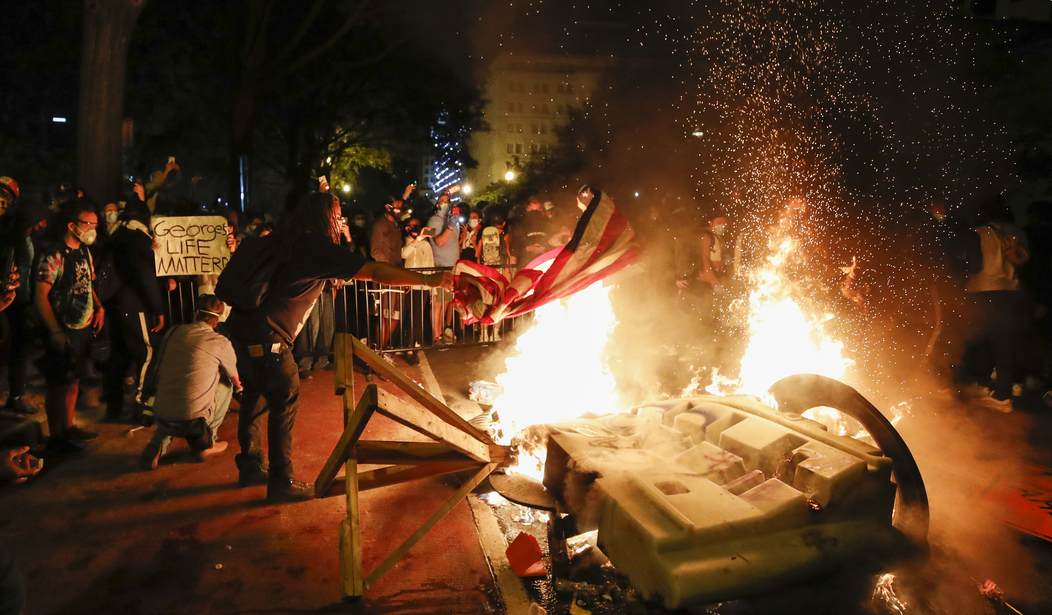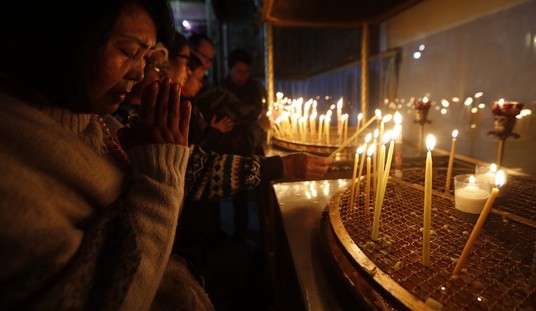The physical toll of COVID-19 is widely reported. Media provides us with daily counts, both deaths and illnesses brought about by the virus. The widespread dissemination of the emotional toll brought about by the strategic “cure” of stay-at-home orders has been widely neglected, however.
Most states and local governments in America chose to contain the transmissible infectious disease of coronavirus by instituting widespread quarantine measures. In addition to requiring social distancing and the wearing of masks if one left his or her home, most jurisdictions required closures of “non-essential” (variously defined) businesses and schools. They also prohibited large gatherings.
Such stay-at-home orders (suggested by our “experts”) produced severe psychological and physiological unintended consequences. Research shows these consequences include a change in brain patterns, thereby increasing an individual’s stress, aggression, and fear. Human beings are social beings. Isolation from the world takes a severe toll on emotional stability. Substance abuse disorders, drug overdose deaths, and suicides have therefore rapidly increased.
Several recent studies indicate that when a physical pandemic arises, a “shadow pandemic” of psychological and societal injuries simultaneously often arises. This high prevalence of psychological distress is primarily caused by the adverse effects of social isolation and loneliness, including confinement, loss of regular routines, and reduced social and physical contact. As indicated, such distress often results in depression, alcoholism, drug addiction, suicide, and post-traumatic stress disorder (PTSD). It should be noted, however, that unlike PTSD, which surfaces after a trauma occurs, the present trauma and its adverse effects exist while the pandemic is in process.
The recent turmoil in several American cities caused by the death of an unarmed black man, George Floyd, reflects this trauma. The chaos in the cities is in part due to the desire to release pent-up aggressive emotions caused by the confinement of several months. Defying stay-at-home orders and directives to avoid congregating in large crowds, numerous people have used the excuse of Floyd’s death as an escape valve to release pent-up emotions. While the initial intent of most of the protestors may have been to create large-scale peaceful protests, many of the demonstrations quickly descended into criminal violence, joined by several people from outside the community. Agitators leveraged the unrest and hijacked the peaceful protests. Regrettably, many of the leaders of progressive cities in which these unruly mobs took over refused to distinguish between peaceful protest and violent destruction.
In commenting upon the effect of the pandemic on our existing mental health conditions, the American Psychological Association acknowledges:
Covid-19 has brought a raft of intense new stressors while removing many of the resources people have traditionally used to cope with stress. Millions of people have lost their jobs; some have lost their homes or businesses.
Families cooped up together because of stay-at-home orders are chafing under the stress, which may increase the risk of intimate partner violence and child abuse. Disrupted routines and the potential for contracting a life-threatening disease may be exacerbating preexisting problems such as mental illness or substance use. At the same time, physical distancing is endangering mental health even as it protects physical health.
These stressors, or catastrophic mental health eruptions, can affect minor children more deeply than adults. After all, the second leading cause of deaths among adolescents ages 12 to 17 is suicide, even though suicide is the tenth leading cause of deaths overall in the U.S. One distraught father of a 12-year-old boy who committed suicide because of the pandemic describes the situation as an “emotional tsunami.” He further explained how his eyes were opened to the consequences of the lockdown after his son’s eyes permanently closed.
Brad Hunstable described his son Hadley as a normal kid involved in school activities and athletics and without any previous signs of depression or mental illness. Hadley, however, apparently chafed under the restrictions of the pandemic and was adversely affected by the disruption of his routine and his separation from his friends. Children can be especially affected by social isolation and the disappearance of their normal routine. The disruption to Hadley’s routine, the loss of structure in his daily life, and the lack of socialization with his friends apparently weighed heavily on this boy. Research shows that the social distancing created in order to stop the pandemic further raises a child’s feeling of isolation and loneliness. “I know this,” said Hunstable. “My son would be alive [today] if he was in school. He didn’t like the isolation.”
Other heart-wrenching suicides have been reported in the press. A state finance minister in Germany took his own life because he despaired over the economic impact of the virus. A Manhattan emergency room physician felt overwhelmed by the stress of the pandemic and experienced burn-out, causing depression, anxiety, and psychological burdens she could not handle. She killed herself in response. And, a corona-positive overweight Bronx, N.Y., man with the underlying disease of diabetes attempted to commit suicide by getting shot by a police officer after reporting himself on a police hot line as a violent menace to the community. When the cops arrived, he was carrying an antique revolver and a ketchup covered knife that appeared to be blood. After getting shot, he begged the police officer to actually kill him. He died from the virus a few days later.
The present COVID crisis has produced widespread unemployment. A study conducted during the 2007 recession highlighted the fact that every 1% increase in the unemployment rate translated into approximately a 1.6 % increase in the suicide rate. Unemployment increases the isolation of those affected. A later study found that social isolation increases a person’s risk of death by about 30%.
The problem has gotten so severe that the Washington Post reported that a coalition, representing more than 250 mental health groups, announced it was convening a national response to the problem of pandemic suicide. The coalition also signed a letter in early May that requested the Trump administration help solve the crisis facing “community mental health centers.” The Trump administration responded favorably to the request.
Our society is premised upon the moral values of the Judeo-Christian worldview, a belief that a person’s own body and soul are not one’s possessions to harm or destroy. Rather our body and soul are given by G-d to the human being in trust. For this reason, suicide and other harmful acts to our body and soul are prohibited. Even from a secular perspective, suicide and other bodily harms are frowned upon. Therefore, it is incumbent upon us to develop programs that can alleviate the psychological burdens of the COVID-19 pandemic. We must not only provide psychological first aid to the immediate mental health consequences of stressors caused by COVID-19 but we must also develop long term measures to combat the growing shadow pandemic of mental health concerns, substance abuse, and suicides.
Editor’s Note: Want to support PJ Media so we can keep telling the truth about China and the virus they unleashed on the world? Join PJ Media VIP and use the promo code WUHAN to get 25% off your VIP membership.









Join the conversation as a VIP Member